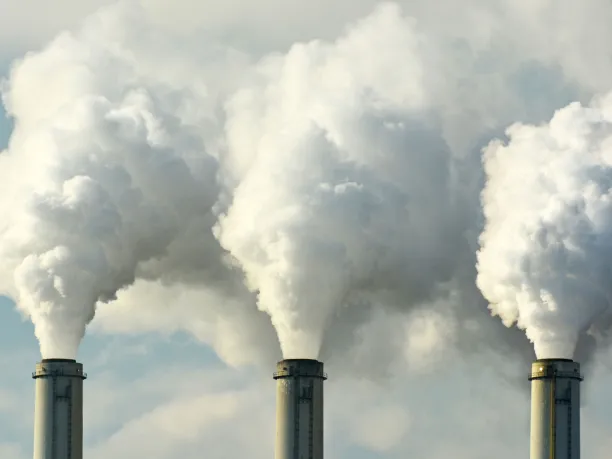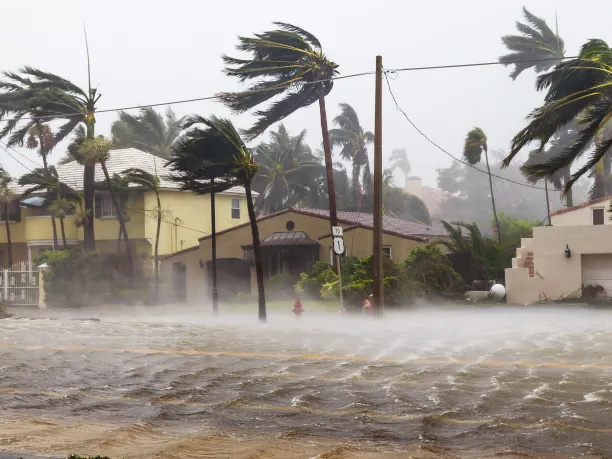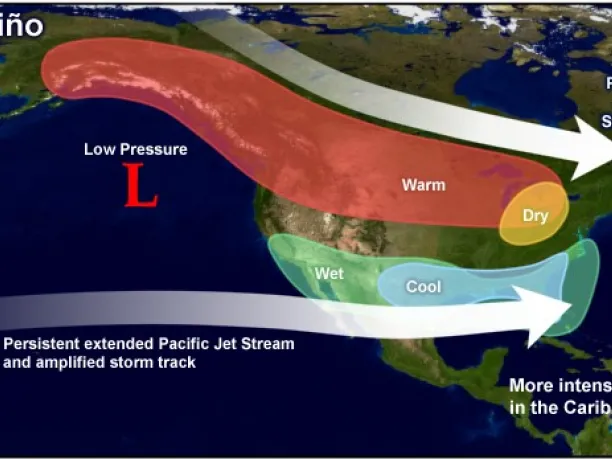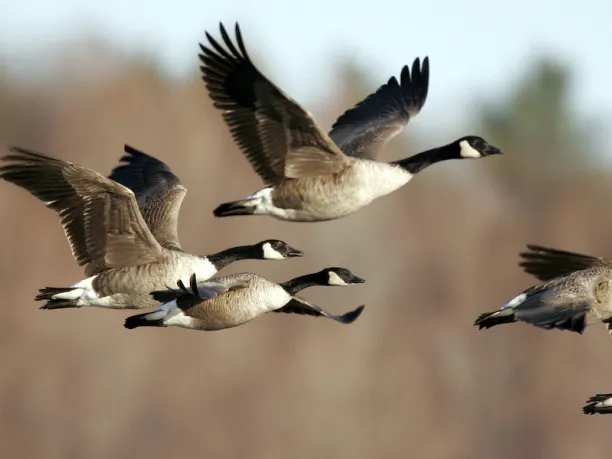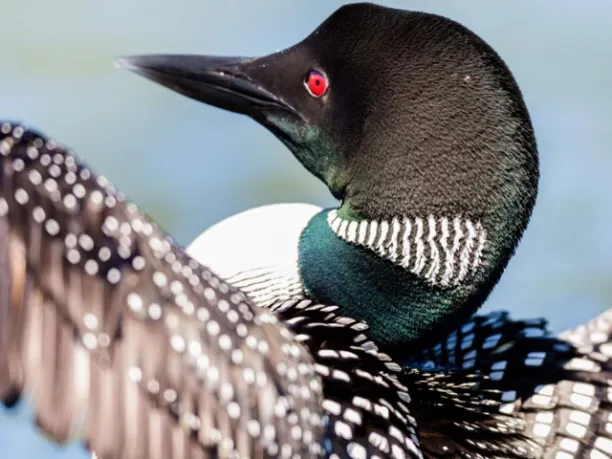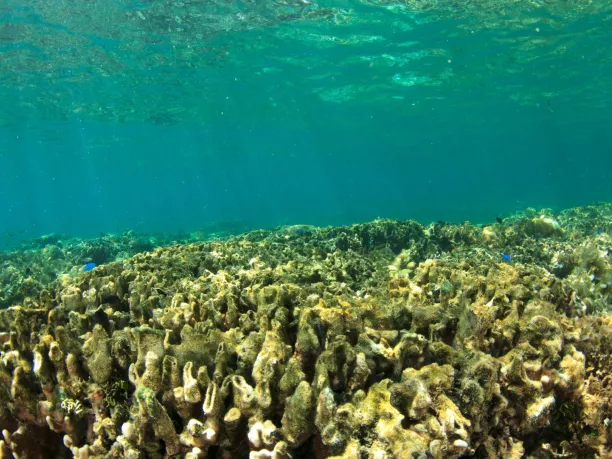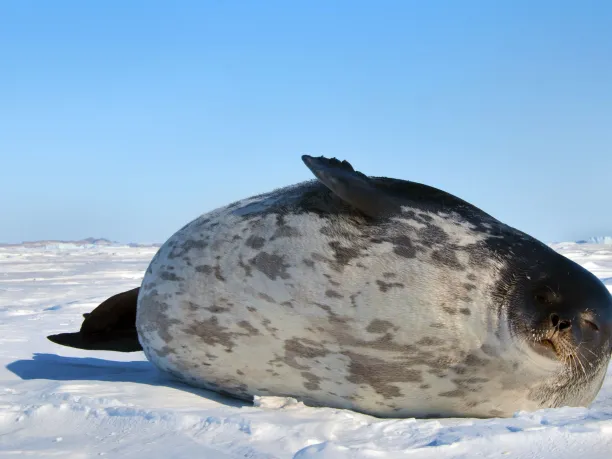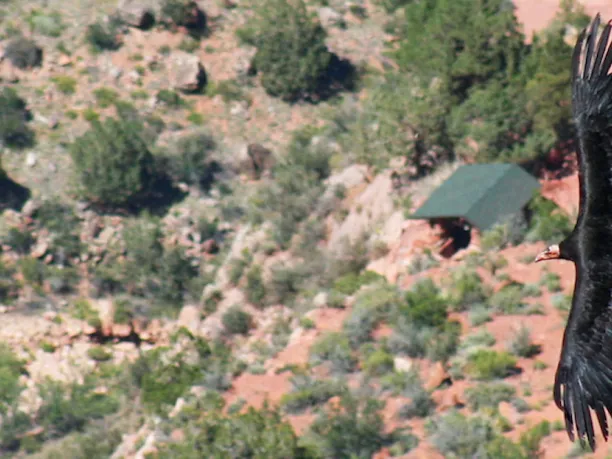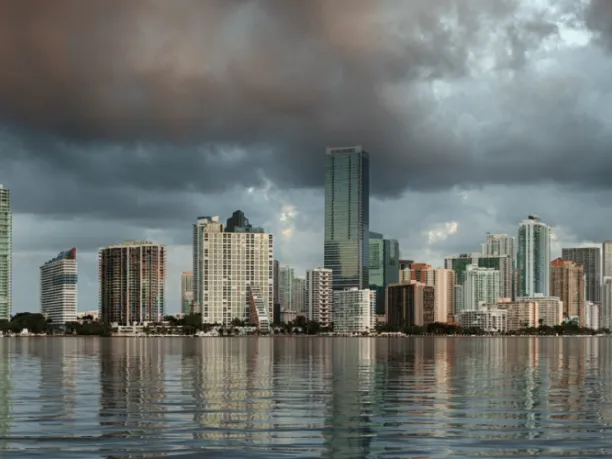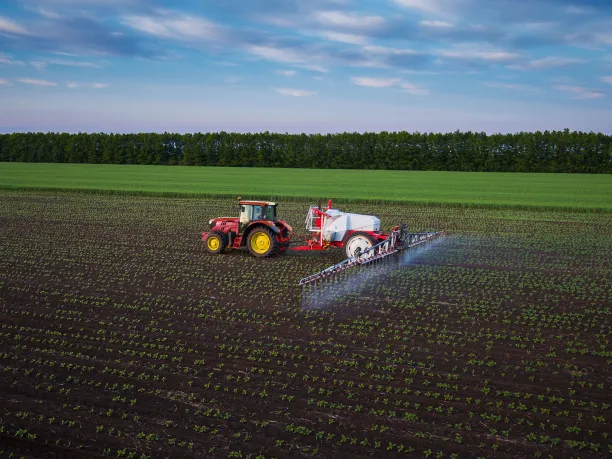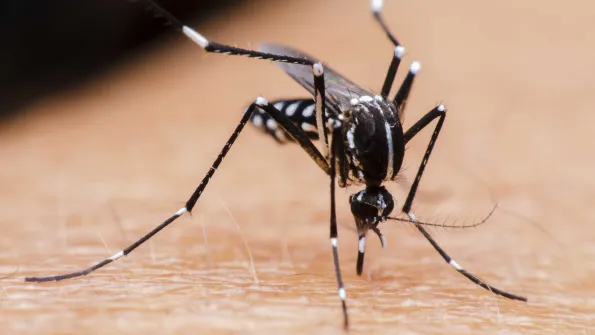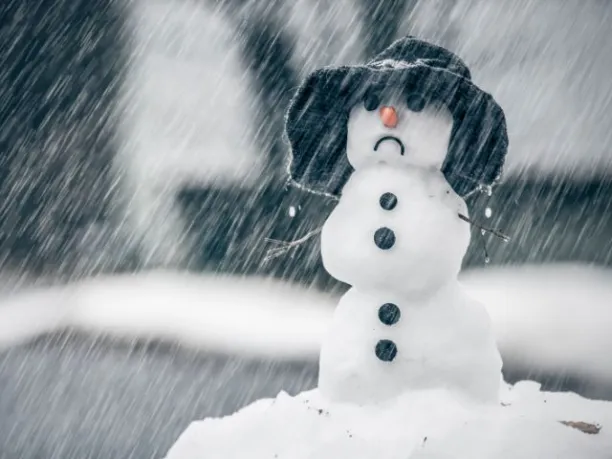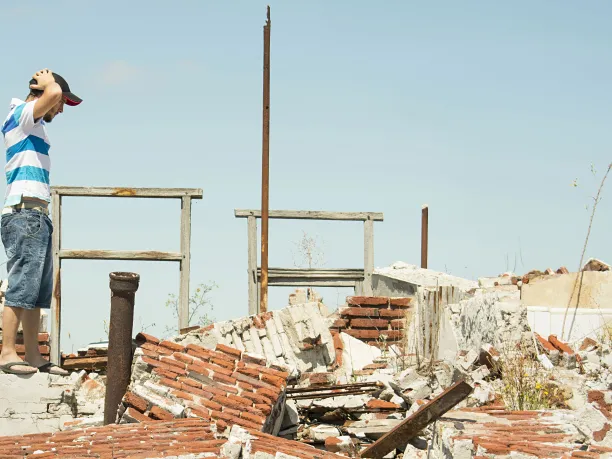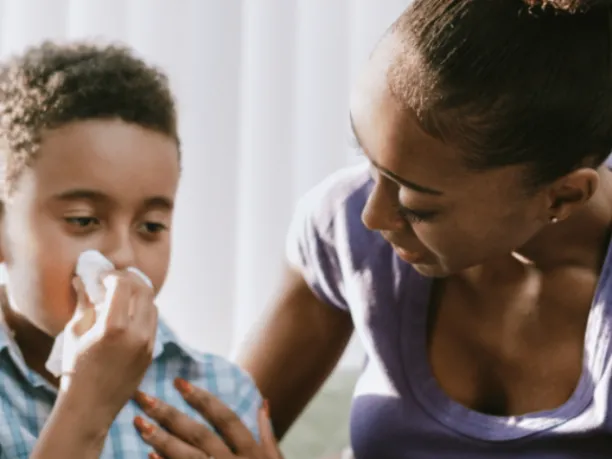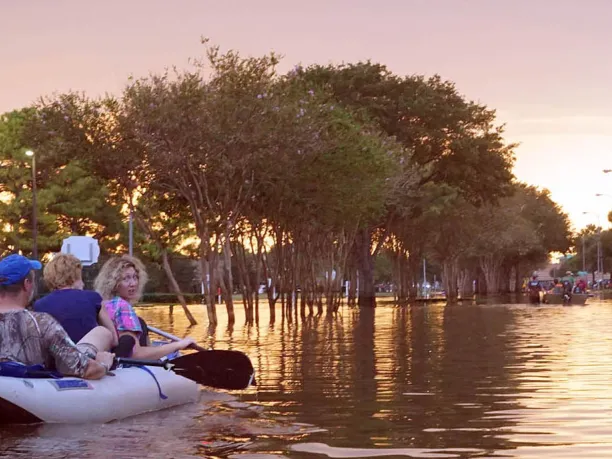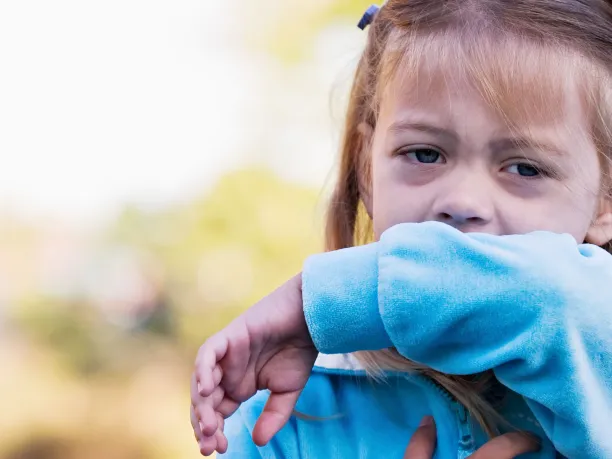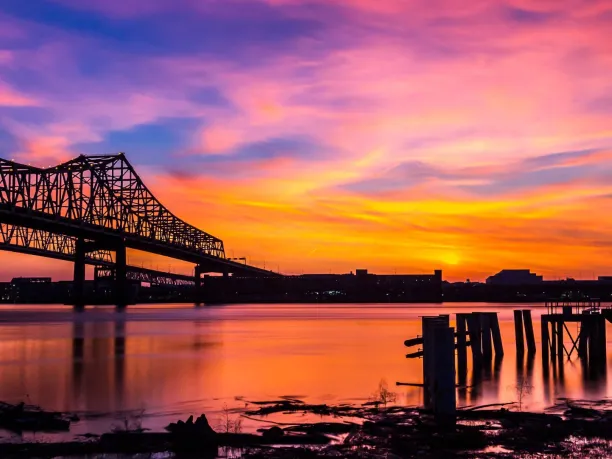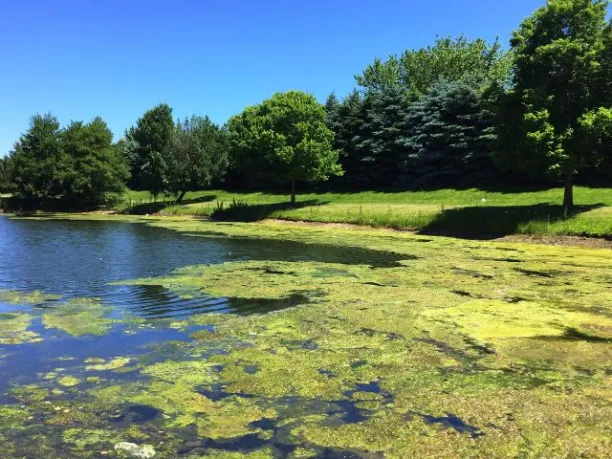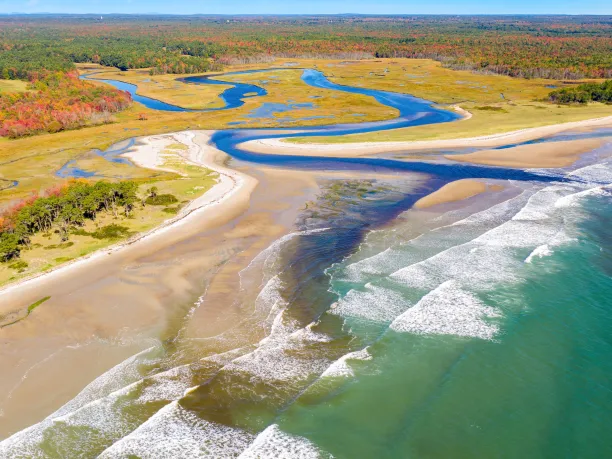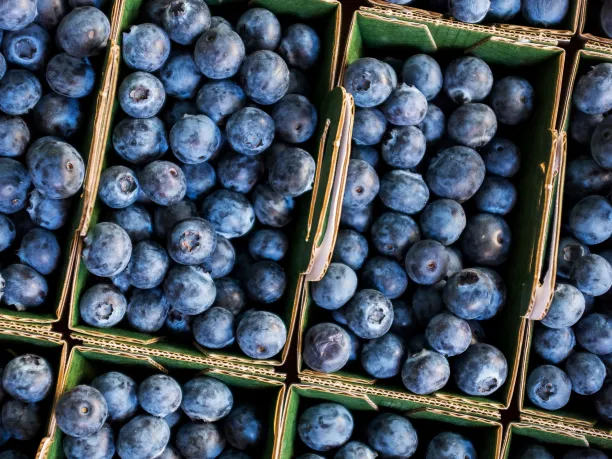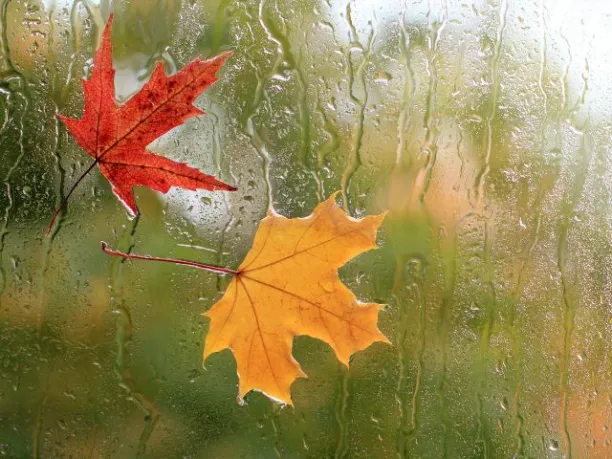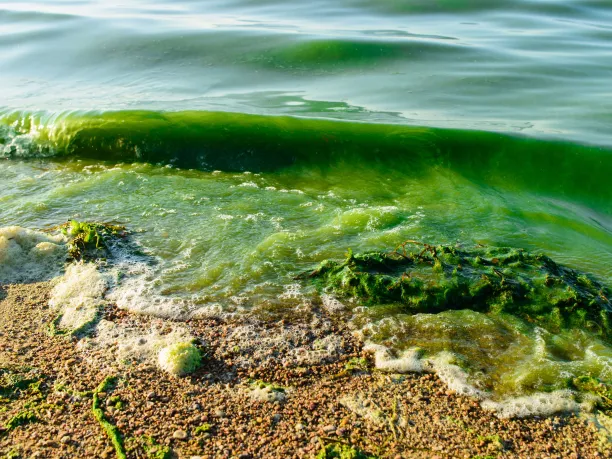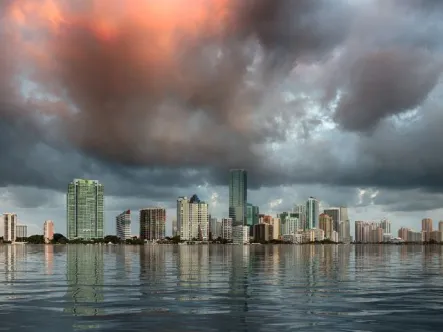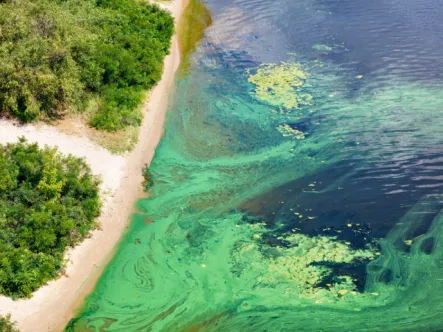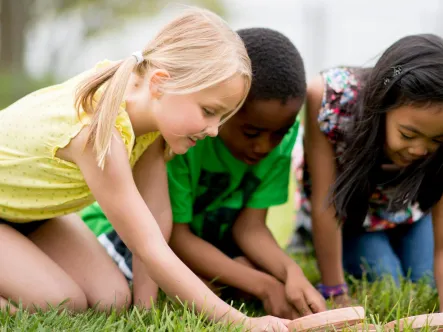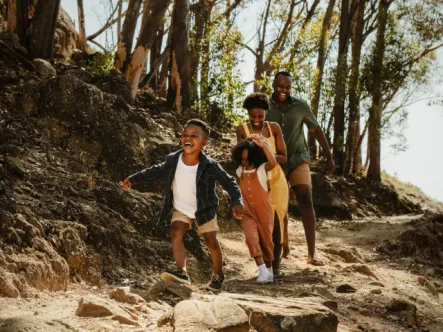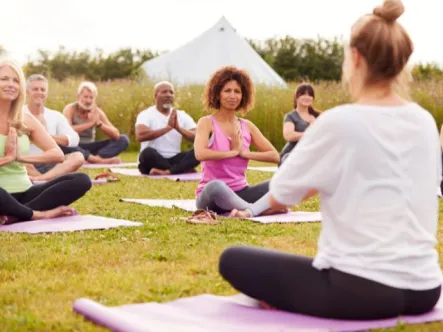Explore
Climate Change
Learn more about the factors that can cause the planet to warm or cool and how they affect our health and the environment
Weather and Climate
The weather makes a big difference in our daily lives and it often factors into many decisions we make. Weather reflects the day-to-day state of the atmosphere while climate is the average daily weather for an extended period of time at a certain location, usually a minimum of 30 years according to NASA. Changes in both weather and climate can affect our health, environment, and livelihoods.
The Principal Greenhouse Gases and Their Sources
Explore greenhouse gases' impact on climate change, from water vapor to CO2, CH4, N2O, and fluorinated gases...
How to Prepare for Increased Hurricane Intensity
Discover the link between climate change, El Niño patterns, and increased hurricane intensity in the US. Learn...
El Niño and La Niña: What’s the Difference?
You have probably heard the terms El Niño and La Niña before but it can be difficult to know the difference...
CLIMATE CHANGE and Animals
Climate change can affect animal habitat, migration patterns, food availability, disease risk, and behavior.
Climate Change, Migratory Birds, and the Future of America’s Flyways
Learn bird conservation success stories from the past that can be applied today to help protect migratory...
Birds on the Move
Over 50% of North American bird species are considered to be seriously threatened by a changing climate.
A Warming Ocean
Discover how rising global sea surface temperatures impact climate, weather, and marine life like coral reefs...
US Wildlife on the Move
Changes in fish and wildlife populations and their habitats in response to a changing climate have been...
The California Condor: A Lesson in Wildfire Resilience
The California Condor has an inspiring conservation story, but now the species in facing a new and growing...
Climate Change and Infrastructure
Climate change can have significant impacts on infrastructure, which includes buildings, transportation systems, energy grids, and water supply systems. Increased heat, sea level rise, extreme weather events, increased demand for energy, and water supply issues will require that communities prepare for and invest in resilient infrastructure that can withstand the effects of climate change.
How Cities Are Adapting to the Challenges of Climate Change
As sea levels rise, Miami-Dade leads efforts to adapt and protect its environment, public lands, and millions...
Transportation Disruptions
Discover the environmental impact and vulnerability of US transportation to climate change. Learn how reducing...
The Future of US Agriculture
Discover the impact of climate change on US agriculture, from crop yield reductions to increased weed...
Understand the important steps that people in affected areas need to take to help protect themselves and their families—that includes before, during, and after the storm.
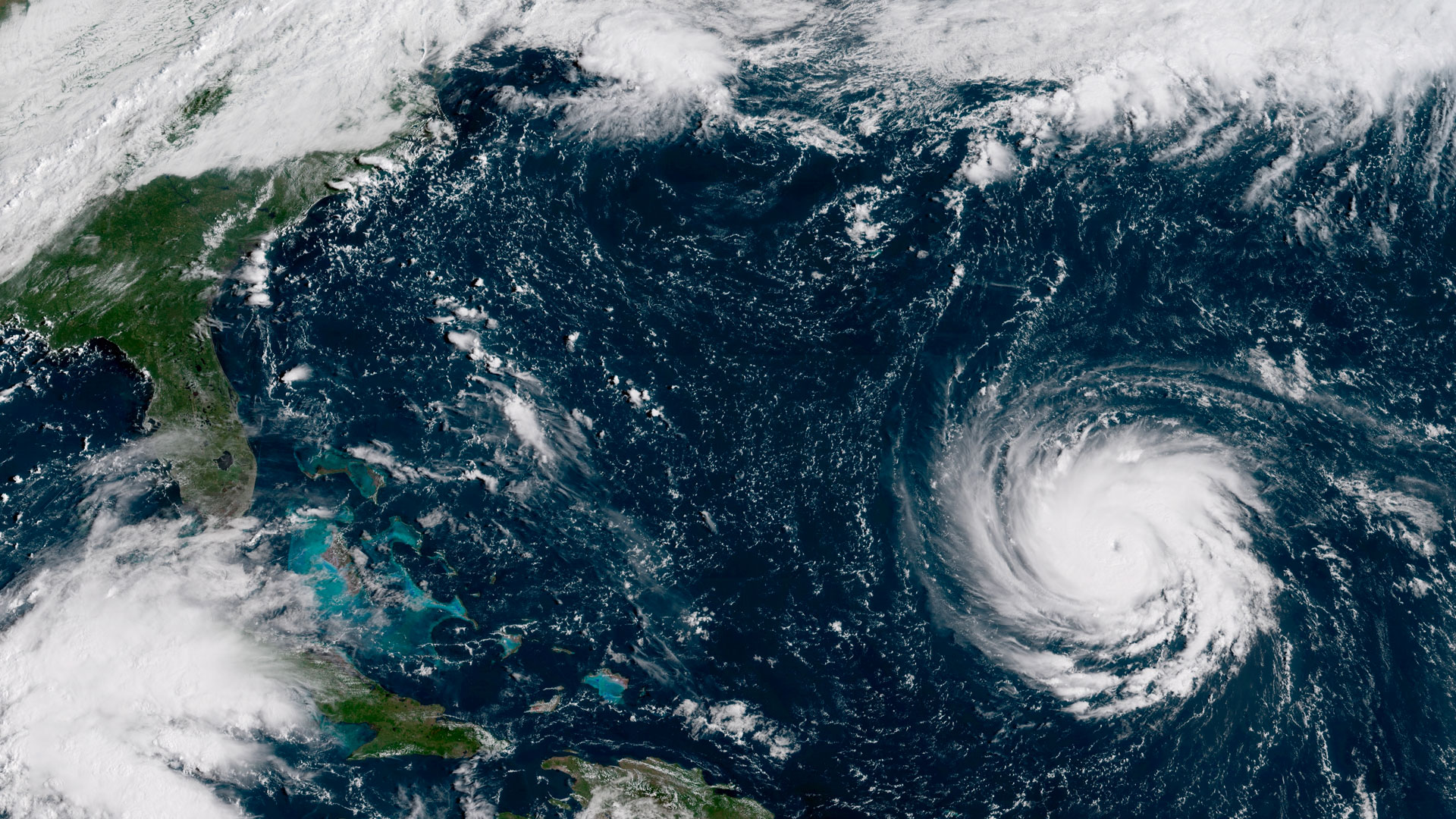

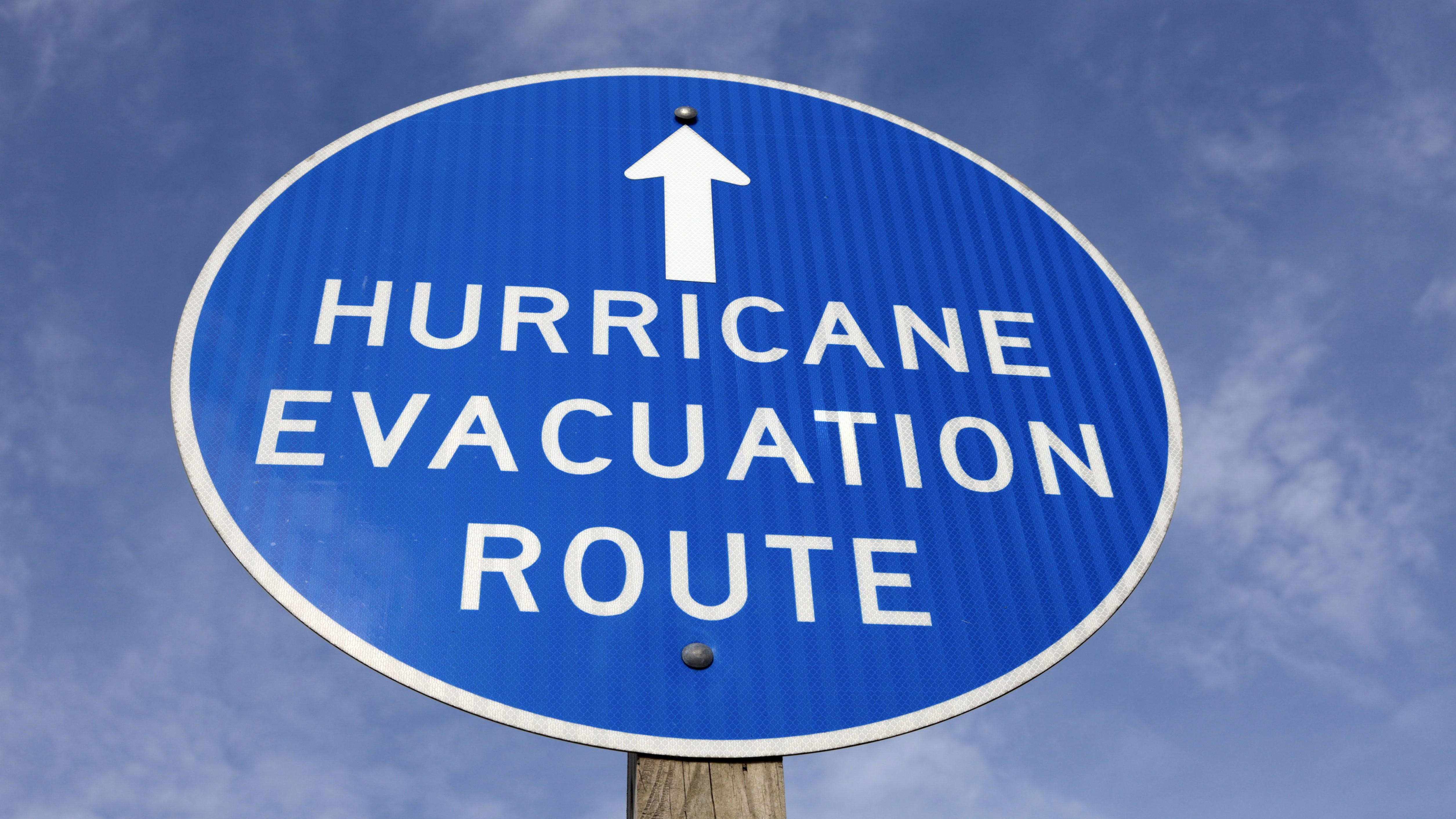
Climate Change and Your Health
Climate change can directly affect our health and wellbeing, resulting in heat-related illnesses, air quality degradation, vector and water-borne diseases, and mental health challenges. These impacts are far-reaching and can have significant consequences for individuals and communities alike.
Warmer Winters and Your Health: Five Ways That Climate Change Impacts You
Discover the effects of climate change and warmer winters on human health.
Extreme Weather and Mental Health
Extreme weather events such as hurricanes, floods, drought, extreme heat, and wildfires are occurring at...
Children's Health in a Changing Climate
Children are more vulnerable to risks like asthma associated with climate change due to several factors. Help...
Addressing the Public Health Impacts of Climate Change
People are impacted by climate change in different ways. While some may not notice a difference in their...
Human Health in a Changing Climate
Global climate change is projected to have profound effects on human health, especially for vulnerable groups...
Climate Change and Water
Rising temperatures, altered precipitation patterns, and increased frequency of extreme weather events are causing changes in the quantity, quality, and distribution of water in rivers, lakes, and other water bodies.
How Climate Change is Impacting US River Systems
A changing climate impacts the quality and quantity of water in US rivers. Observed and projected changes in...
Green Waters are a Red Flag: Water Quality and Algal Blooms
Get ready for Water Quality Month by learning about harmful algal blooms and the threat they pose to water...
Groundwater and the Rising Seas
Over 50% of the US lives near coasts. Groundwater, vital for public water supply, faces risks from climate...
Meaningful, lasting change is possible when we work together. NEEF leverages its National Environmental Education Act (NEEA) appropriation to raise public and private matching funds at a ratio of 3:1, creating value and amplifying the impact of our partners
Plants, protista, and Produce
Changes in temperature, rainfall patterns, and extreme weather events like droughts, floods, and heat waves can all impact plant growth and crop yields.
Weather and Summer Produce
Weather and climate conditions play a big role in the production of summer produce, affecting the taste, size...
Give Thanks to the Weather This Holiday Season
Discover how seasonal weather impacts our favorite holiday foods like turkey, sweet potatoes, and wine, and...
The Leaves They Are a Changing
Leaf-peeping boosts the US economy by $30B as travelers visit parks for vibrant autumn colors. Discover top...
Five Things You Can Do to Prevent Harmful Algal Blooms
In 2019, Harmful Algal Blooms (HAB), including blue-green algae closed all of Mississippi's beaches. Much of...
